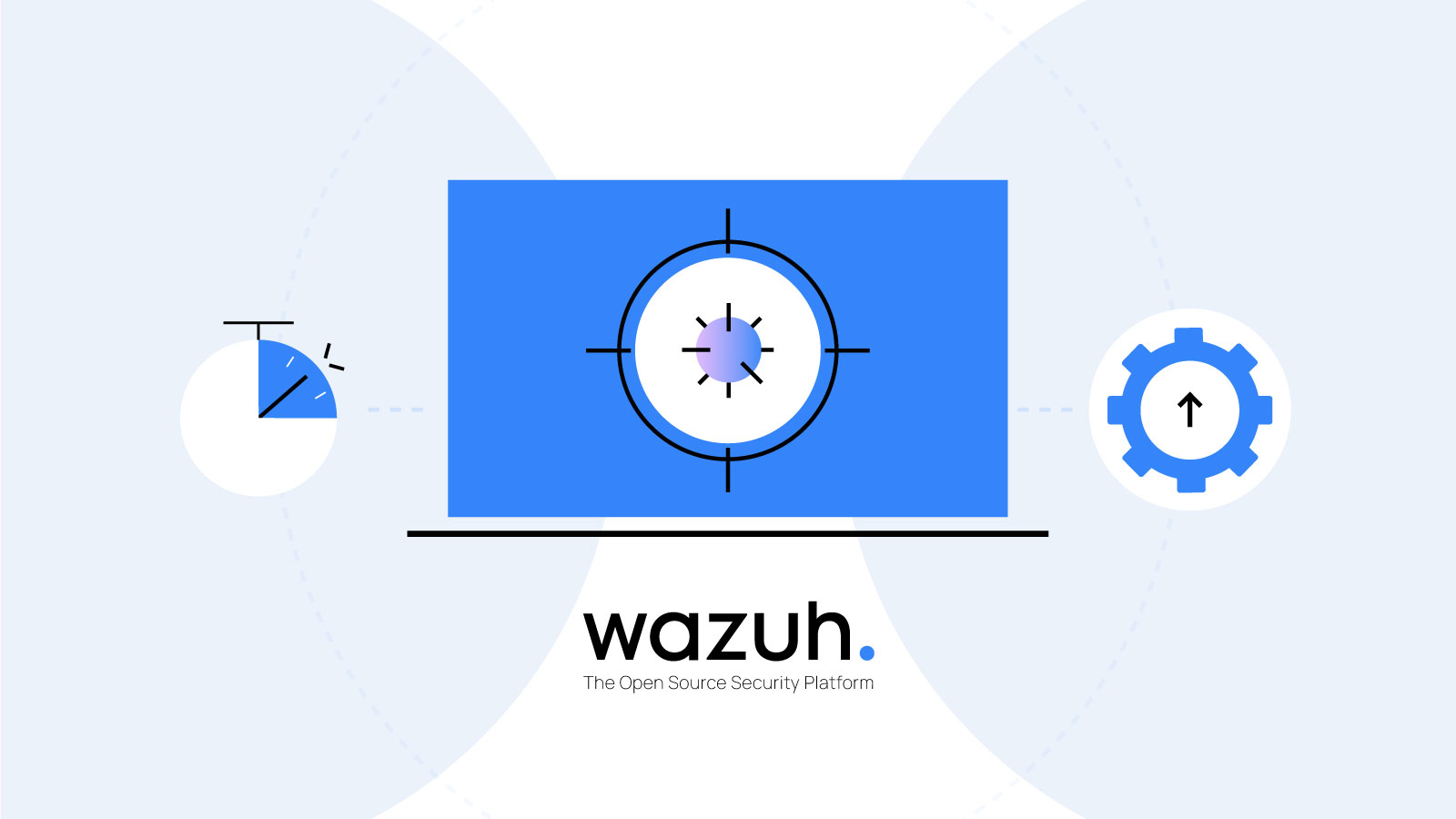[ad_1]

The increase in the number and complexity of cyber threats has made rapid response to security incidents vital for organizations. As a result, solutions with automated incident response have become an increasingly valuable asset in the fight against cybercrime. These solutions respond to threats at different layers of an IT infrastructure, including networks, applications, cloud, and containers.
Automated incident response capabilities are not uniformly available across different security tools such as endpoint detection and response (EDR) and security information and event management (SIEM), as it largely depends from the supplier.
The effectiveness of the feature can vary widely between vendors, and some may require additional integration with third-party solutions to achieve the desired level of automation.
Therefore, organizations should carefully evaluate a vendor’s automated incident response solution capabilities before making a selection. It is important to consider scalability, flexibility, and compatibility with existing security tools and workflows.
By choosing the right vendor and solution, organizations can ensure they have the automated incident response capabilities needed to protect their assets and data from cyber threats.
There are specialized solutions like Wazuh that provide advanced capabilities for threat detection, security monitoring, and automated incident response. Wazuh is an open source unified XDR and SIEM platform that provides protection for endpoints and cloud workloads. Wazuh provides a active response module that performs automated incident response capabilities.
Automated incident response solutions help reduce average incident response time, address known security threats, and minimize alert fatigue. Some of these solutions offer integration with other third-party solutions to help organizations improve their capabilities.
This integration improves the accuracy and efficiency of threat detection and response, allowing organizations to leverage the full capabilities of their security operations.
Reduced average response time
Automated incident response offers a significant benefit in terms of reducing the mean time to detection (MTTD) and the mean time to respond (MTTR) to security incidents. In a traditional manual response approach, security analysts are tasked with detecting, investigating, and responding to potential breaches, which can be both time-consuming and error-prone.
Automated incident response solutions can streamline this process by quickly detecting and responding to security incidents in real time, without human intervention.
By reducing MTTR, automated incident response solutions enable organizations to mitigate the impact of security incidents and minimize the time attackers have to operate within their networks. As a result, this can lead to reduced remediation costs, reduced reputational damage, and overall improved security.
Reduce alert fatigue
Automated incident response solutions reduce false positives and prioritize alerts based on severity, enabling analysts to quickly detect and effectively respond to incidents. Alert fatigue is caused by receiving an excessive number of security alerts, which reduces the ability to respond effectively to real threats.
When a monitoring system has an ill-defined alert protocol, security analysts can overlook critical incidents while investigating multiple false positive alerts.
Automated incident response solutions also simplify decision-making by highlighting the most critical incidents for immediate resolution. This allows security analysts to focus on the most important alerts and take appropriate action to resolve them.
Integration with third-party solutions
To optimize the performance of automated incident response solutions, organizations often integrate them with other tools using methods such as integration scripts or APIs. Integration with third-party solutions has the potential to improve the accuracy and efficiency of threat detection and response. Examples include:
- Integration with SIEM tools to better identify and respond to security incidents in real time.
- Integrate with firewalls to block malicious IP addresses in real time.
- Integration with Windows Active Directory to disable compromised user accounts.
- Integration with cloud platforms to isolate or disable compromised resources.
By integrating with third-party solutions, automated incident response solutions can leverage the full capabilities of those systems to quickly identify, investigate, and respond to security incidents in real time. Integrations can increase the overall efficiency of an organization’s security operations and minimize the likelihood of successful cyberattacks.
Conclusion
platforms such as Wazuh provide automated incident response capabilities that provide countermeasures to cyberattacks to reduce MTTR, mitigate alert fatigue, and strengthen overall security posture. By automating security incident response, companies can protect their assets and data and reduce the impact of security breaches.
XDR solutions with automated incident response capability represent a significant advancement in cybersecurity and offer substantial benefits to organizations looking to strengthen their security posture. By leveraging the power of automation and integration, organizations can effectively protect themselves against the growing threat of cybercrime.
You can learn more about Wazuh’s abilities by checking out their Documentation and join their community for support and updates.
Sponsored and written by Wazuh
[ad_2]
Source link
